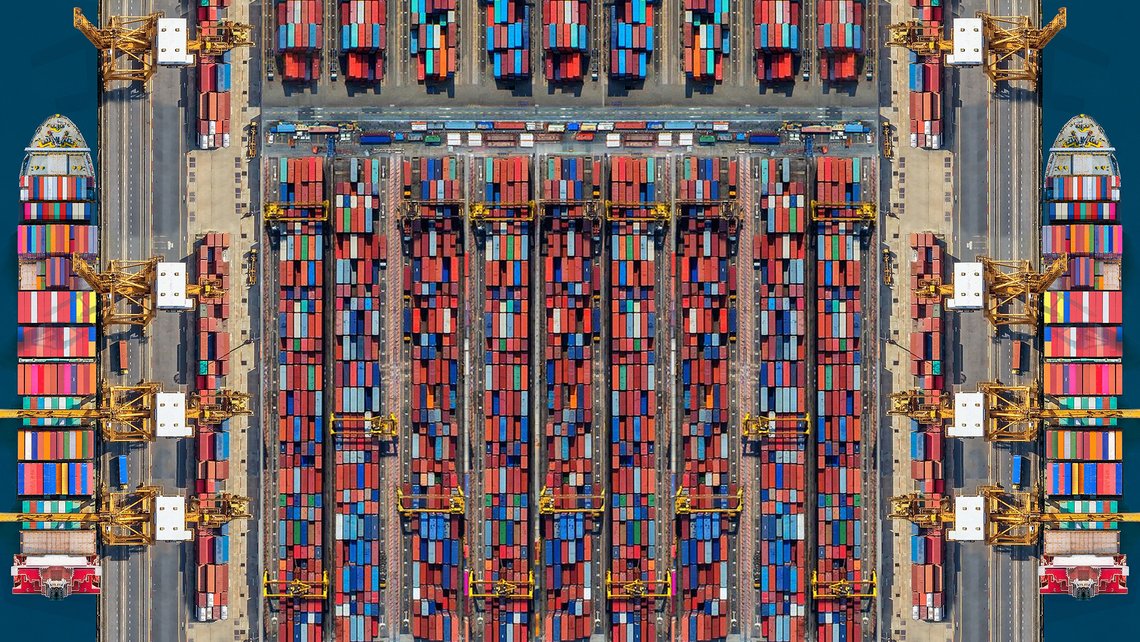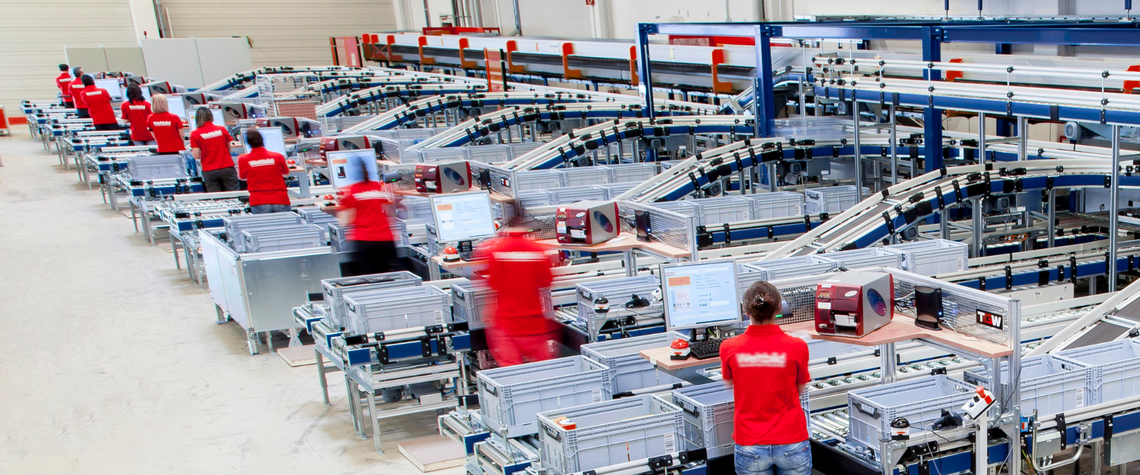

The Smarter Way to Design for Scale from Normal Operations to Peak Season
Seasonal peaks often result in increased revenue, and businesses want to be prepared to capitalize on these opportunities. However, investing too much in building and preparing for peak seasons can create inefficiencies in material handling and result in costly waste as automation sits idle for most of the year.
So, how do you juggle the demands of peak season and day-to-day operations without overbuilding and overspending? Find a sweet spot that’s flexible and adaptable enough to cover normal operations while scaling for both seasonal peaks and unexpected surges.
No Time to Read?
Need the "too long, didn't read" version? Watch the video at right to hear Alessandra Caminati, Head of Solutions Design at TGW North America, explain the key insights from this blog. For more blog recap videos, check out our "The Automation Conversation" playlist on YouTube.
Why You Shouldn’t Build for Peak Season
Peak demand should influence your warehouse design—but not dictate it. Designing just for peak seasons can lead to overdesign, idle automation, and wasted space.
Here are some reasons to avoid designing your goods-to-person systems with only peak season in mind.
- Inefficient use of space. Building for peak volume leads to unused material handling automation and sunk costs for most of the year as infrastructure and space go unused, leading to financial and operational inefficiencies. If you design a larger facility than you need for 90% of the year, you’ll spend more money covering the rent, utilities, and maintenance. The advantages of the peak season will be lost due to overspending.
- Decreased efficiency and productivity. A warehouse filled to capacity makes it harder to locate items, leads to congested aisles and possible safety hazards, and results in higher inventory carrying costs and slower inventory turns. This curtails productivity for everyday operations and introduces inefficiency.
- Reduced resilience and adaptability. When you design with only peak season in mind, you reduce your ability to adapt and respond to unseen fluctuations and challenges. For example, it could be more challenging to accommodate new SKUs or unexpected disruptions, as your goods-to-person operations may not be as responsive and resilient.
The Smarter Way: Designing to Scale
With continued positive growth predicted in industries like retail, it’s critical for companies to deliver fast, accurate, and responsive consumer goods logistics to retain customer confidence, both during peak seasons and throughout the year. The challenge comes in delivering exceptional service without overspending.
At TGW Logistics, we design for operations that run smoothly during both normal and peak seasons. We don’t design solely for peak—but we don’t design for just a typical day either, which would leave companies struggling when those peak surges hit. We build goods-to-person systems that can flex with demand, no matter the season.
We design with data in mind by examining typical and peak day throughput needs, even at the SKU level. We focus on finding the sweet spot between normal operations and peak days, so automation will be ready to keep up with fluctuations and trends without going unused most of the year. This ensures optimized performance, consistency in productivity, reliable efficiency, and avoids waste.
Our key principle is to design once and scale many times.
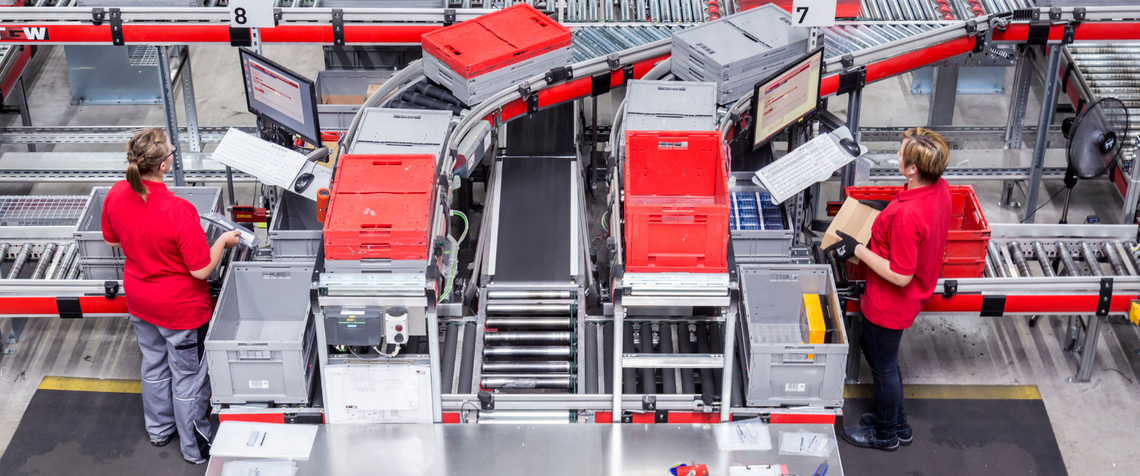

Scalable Goods-to-Person Fashion Logistics in the Real World
TGW Logistics put our principles to work in Columbus, Ohio, when it built a highly automated warehouse fulfillment center for Victoria’s Secret. The warehouse serves as a hub for fulfilling orders across the U.S. It allows Victoria’s Secret to meet a high volume of demand year-round while staying ready for profitable peak seasons.
The core of the solution, FlashPick, operates on an ongoing basis, while lower-cost pick-to-light systems are only activated during peak days for efficient operations and optimized fashion logistics. At peak times, Victoria's Secret’s FlashPick system can handle up to 640,000 picks per day, along with an automated pick-to-light system handling 360,000 picks per day for an astounding total of 1,000,000 picks per day.
For another fashion customer, TGW designed workstation layouts that can convert from packing stations into picking stations—adding order fulfillment capacity as needed without requiring permanent infrastructure.
This flexible approach helps clients avoid overinvestment while staying competitive during unpredictable seasonal spikes.
Flexible Infrastructure with Adaptable Workstations
Rather than opt for permanent solutions tailored just for peak seasons, a better choice is to design flexible, adaptable year-round systems. That’s at the core of TGW Logistics’ approach to goods-to-person automation.
By prioritizing flexibility and adaptability, companies are ready to tackle unexpected challenges and the high demands of peak season, transforming uncertainty into opportunity.
Enabling Scalable Operations with Warehouse Management Systems
Warehouse management systems (WMS) play a crucial role in enabling companies to reconfigure workflows and scale labor and system usage according to their specific needs.
A warehouse management system supports scalable operations throughout the year by automating and reconfiguring workflows to meet changing demands. This means businesses can adapt to fluctuations in demand without disruptions to operations. The entire order fulfillment process can be streamlined for greater efficiency and accuracy. These systems can also track employee productivity and workforce needs, allowing companies to manage labor needs throughout the year, not just during peak seasons.
Warehouse management systems prioritize throughput using rule-based logic to optimize operations and efficiency. Rules guide the system to handle tasks based on specific conditions, which helps maintain consistency, improve accuracy, and allows for easy scalability.
The WMS can also flex for peak seasons by creating mixed SKU totes, which creates more storage space for peak inventory. The WMS keeps track of where everything is, so nothing gets lost and goods-to-person picking is accurate and efficient.
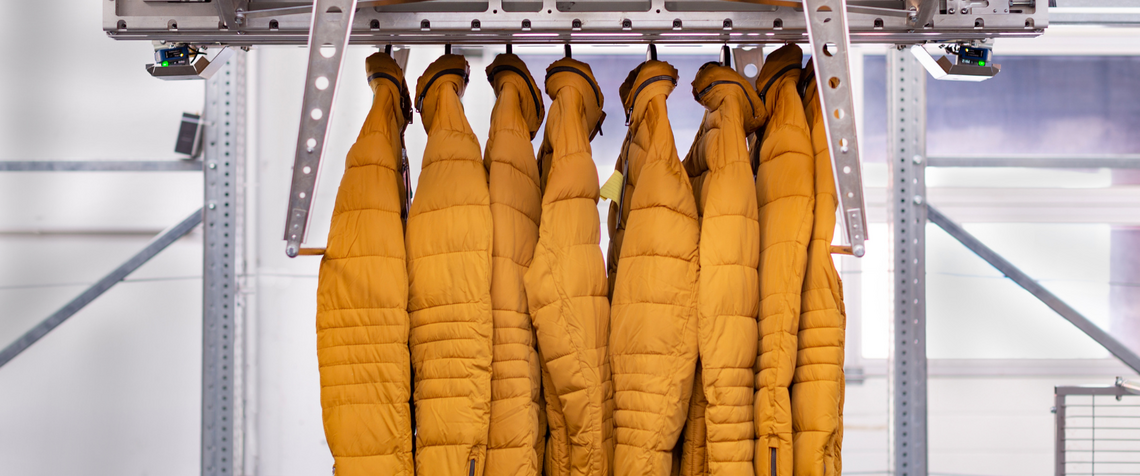

When Industries Need to Scale Fast
Some peak seasons have clockwork predictability, such as Black Friday and Cyber Monday. Other times, a surge in demand is less predictable. For instance, in early 2025, retail sales spiked as customers increased their spending in anticipation of rising prices due to tariffs.
Industries such as fashion, retail, and consumer goods all face this level of volatility, making it necessary to scale up operations quickly and respond to seasonal surges, disruptions, and sudden peaks. A fashion trend might go viral and take the market by storm, leading to an unexpected surge in demand and necessitating a swift response. Companies need to be prepared to scale fast without compromising on quality and accuracy.
TGW Logistics’ systems adapt seamlessly to surprise trends and rapid shifts, making them ideal for quickly scaling to meet demand and staying flexible and responsive. TGW Logistics helps companies perform at their best on average days and through sudden shifts no one could have predicted.
Scale Smarter with TGW Logistics
Want to be ready for your next seasonal spike without overbuilding your system? Talk to TGW Logistics about how we design to scale, so you don’t overspend.
Please contact us to discover how we can help you optimize for both peak seasons and daily operations.
TGW Logistics is a foundation-owned company headquartered in Austria and a global leader in warehouse automation and warehouse logistics. As a trusted systems integrator with more than 50 years of experience, we deliver end-to-end services: designing, implementing, and maintaining fulfillment centers powered by mechatronics, robotics, and advanced software solutions. With over 4,500 employees spanning Europe, Asia, and North America, we combine expertise, innovation, and a customer-centric dedication to help keep your business growing. With TGW Logistics, it's possible to transform your warehouse logistics into a competitive advantage.

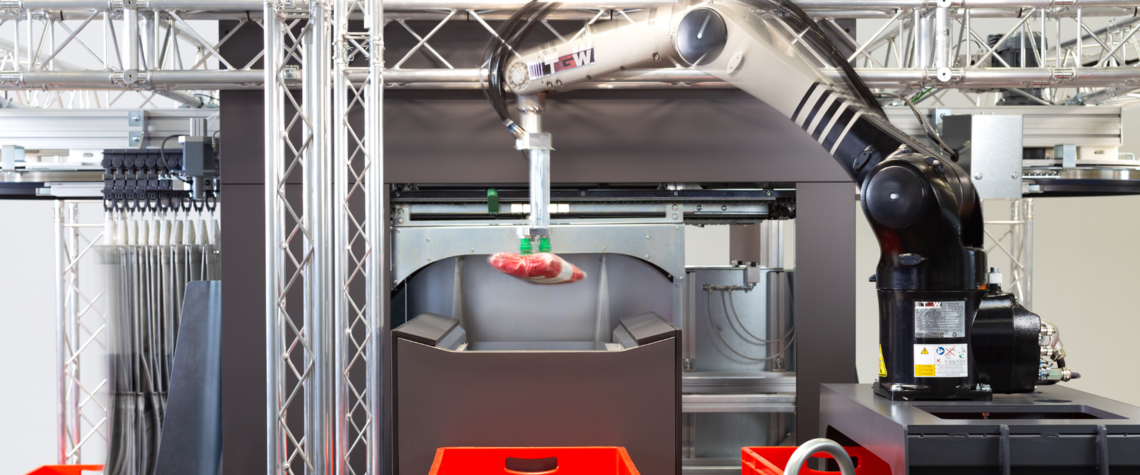
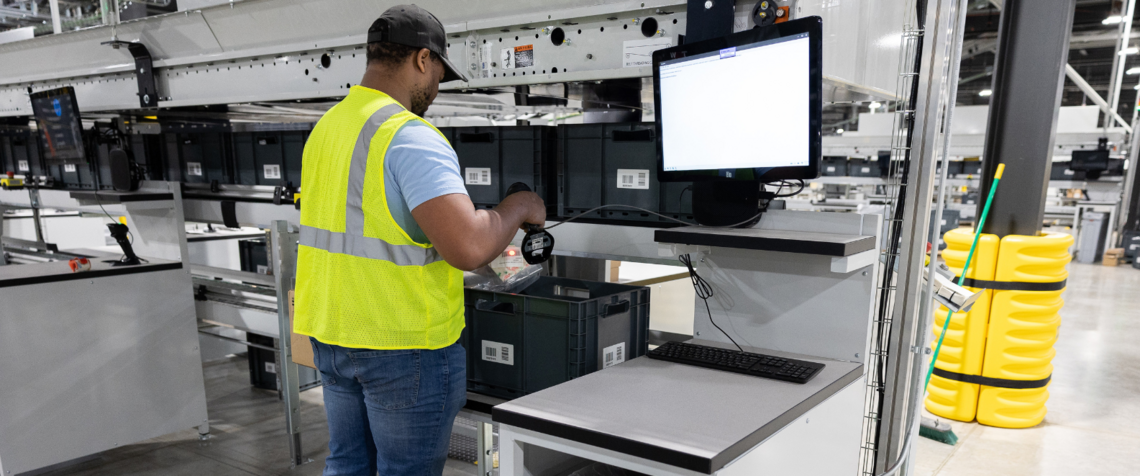
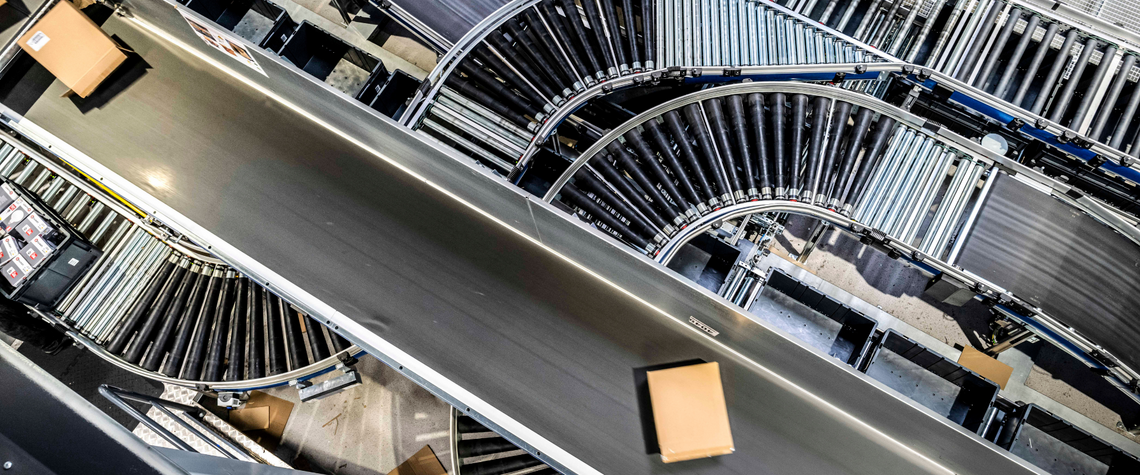
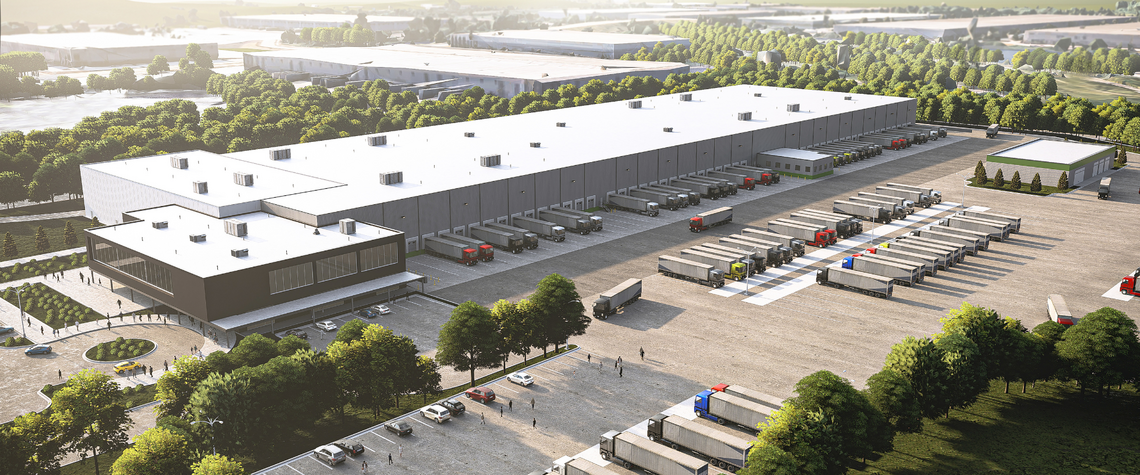
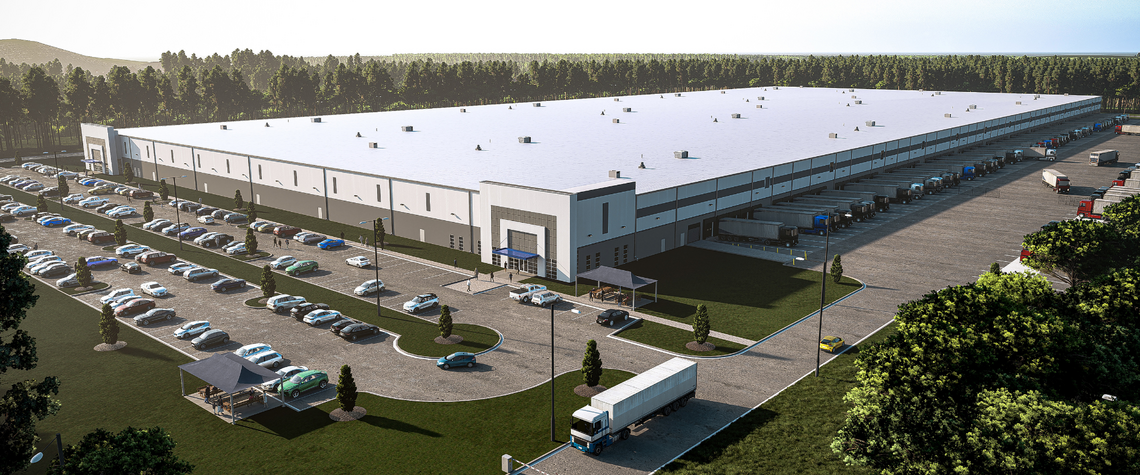
![[Translate to UK:] Material Handling Solutions Mobile Robotics](/fileadmin/_processed_/1/d/csm_TGW_Tailored_Solutions_header_73f86eca0b.png)

